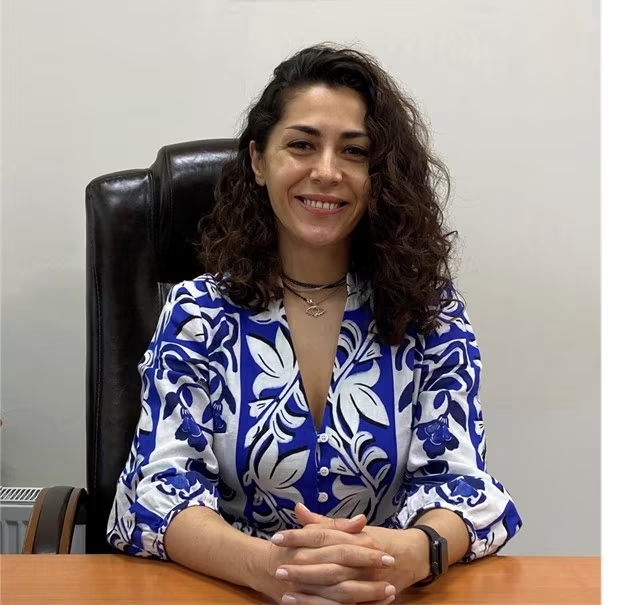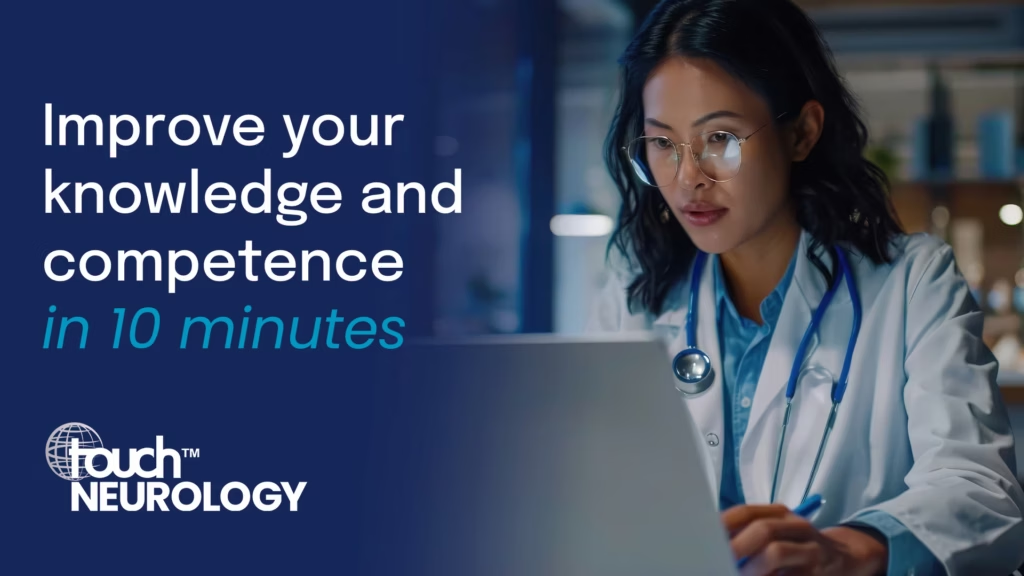
We are delighted to introduce Dr Bedia Samanci as one of the touchNEUROLOGY Future Leaders 2025. Currently serving as an Assistant Professor in the Division of Medicine at Istanbul University, Dr Samanci is already making a significant impact in the field of clinical neurology. Her research spans advanced neuroimaging, biomarker discovery and the integration of machine learning into neurological diagnostics. Areas that promise to shape the future of patient care.
In this Q&A, Dr Samanci reflects on the motivations behind her career, the individuals and ideas that have inspired her journey so far and her hopes for the future of neurology.
My path was profoundly shaped by Prof. Dr Murat Emre, Prof. Dr. Haşmet Hanağası, and Prof. Dr Başar Bilgiç, each of whom inspired me with their clinical and academic brilliance, dedication to patients and unique approaches to neurology. Their mentorship taught me how to think critically yet empathetically. Equally impactful were early encounters with patients facing complex neurodegenerative syndromes. These experiences fuelled my curiosity and commitment to behavioural neurology and movement disorders, reminding me that attentive listening and interdisciplinary collaboration are essential to meaningful progress.
The integration of advanced neuroimaging, biomarkers and machine learning excites me tremendously. These tools are beginning to bridge the gap between clinical heterogeneity and pathophysiological understanding, especially in neurodegenerative diseases. I’m particularly inspired by efforts to personalize treatments in Parkinson’s and Alzheimer’s disease using multimodal data, and by the ethical, clinical and scientific questions emerging around neuromodulation and AI-assisted diagnostics.
I hope to contribute to a more integrated understanding of the brain that embraces complexity without losing sight of the human experience. I want to help build bridges: between disciplines, between clinic and lab, between human and machine, and between neurologists and society. Ultimately, I hope to be remembered for both advancing knowledge and mentoring the next generation with the same generosity I received.
Editor: Katey Gabrysch, Editorial Director.
Disclosures: No funding was received in the publication of this article.
Cite: Shaping the future of neurodiagnostics with Bedia Samanci: touchNEUROLOGY Future Leader 2025. touchNEUROLOGY. 03 July 2025.
Register now to receive the touchNEUROLOGY newsletter!
Don’t miss out on hearing about our latest peer reviewed articles, expert opinions, conference news, podcasts and more.


